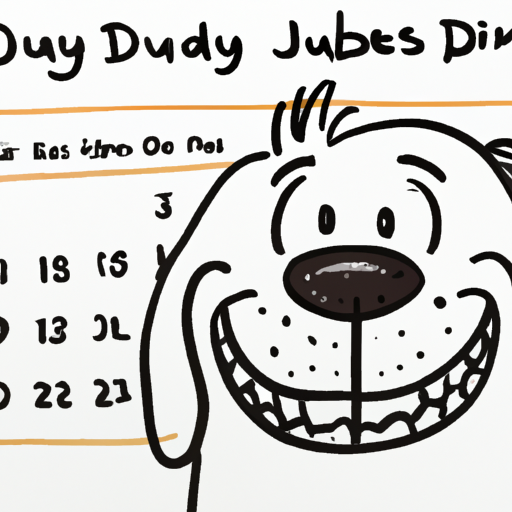As a passionate dog owner, you are naturally invested in your pet’s overall health. You ensure they get the right food, ample exercise, and regular vet visits. But how often do you consider your dog’s dental health? The truth is, dental hygiene is a crucial aspect of your dog’s health that often gets overlooked.
Table of Contents
- Understanding the Importance of Dental Hygiene in Dogs
- How Often Should You Clean Your Dog’s Teeth?
- Steps to Clean Your Dog’s Teeth
- Professional Cleaning: When and Why?
- Frequently Asked Questions
Key Takeaways
- Dental hygiene is a crucial aspect of your dog’s overall health.
- Regular brushing of your dog’s teeth is essential, ideally, every day.
- Professional cleaning should be done annually, or as advised by your vet.
- There are dog-friendly dental care products available in the market.
Understanding the Importance of Dental Hygiene in Dogs
Just like in humans, poor dental hygiene in dogs can lead to a variety of health issues. According to the American Veterinary Medical Association, around 80% of dogs show signs of oral disease by age 3. These conditions can lead to severe problems like heart, liver, and kidney disease if left unattended.
It’s not just about bad breath — although that’s certainly a significant sign. Other symptoms include yellow or brown build-up on your dog’s teeth, red or swollen gums, and changes in eating or chewing habits. Regular dental care can help prevent these issues and contribute to your pet’s overall health and longevity.
How Often Should You Clean Your Dog’s Teeth?
So, how often should you clean your dog’s teeth? The simple answer is: ideally, every day. Yes, daily! Just as you brush your teeth daily to keep them healthy and clean, your dog’s teeth need the same level of care.
While daily brushing might sound like a daunting task, especially if your dog is not used to it, there are steps you can take to make it a more enjoyable routine for both of you. Remember, the more often you brush, the more comfortable your dog will become with the process.
Steps to Clean Your Dog’s Teeth
Here’s a simple step-by-step guide on how to clean your dog’s teeth:
- Choose the right time: Find a quiet, comfortable space where your dog feels relaxed.
- Use dog-friendly products: Never use human toothpaste; it contains ingredients that can harm your dog. Choose a dog-friendly toothpaste and a suitable toothbrush.
- Gradually introduce the toothbrush: Let your dog get used to the toothbrush and paste before you start brushing.
- Brush gently: Focus on the outer surfaces of the teeth and gums. Brush in small, gentle circles.
- Reward your dog: Give your dog a treat or their favorite toy after brushing.
You can also incorporate dental chews and special diets into your dog’s dental hygiene routine. These products can help reduce plaque and tartar build-up. However, they should never replace regular brushing.
Professional Cleaning: When and Why?
In addition to regular at-home care, professional dental cleaning is also crucial for maintaining your dog’s dental health. The frequency of professional cleanings depends on your dog’s oral health status and should be determined by your vet. Generally, a professional cleaning once a year is recommended, but it could be more often for dogs with existing dental issues.
Professional cleanings involve a thorough examination, removal of tartar and plaque both above and below the gum line, and polishing. This process requires your dog to be put under anesthesia, which is why regular at-home care is essential to reduce the frequency of professional cleanings.
Here’s a comprehensive guide on pet dental care from the American Veterinary Medical Association.
Frequently Asked Questions
- Can I use human toothpaste to clean my dog’s teeth?
No, human toothpaste contains ingredients like fluoride that can be harmful to dogs. Always use a dog-friendly toothpaste.
- What if my dog doesn’t let me brush its teeth?
Patience and positive reinforcement are key. Start by letting your dog taste the toothpaste and get used to the toothbrush. Gradually increase the brushing time.
- How can I tell if my dog has dental problems?
Bad breath, change in eating or chewing habits, yellow or brown build-up on teeth, red or swollen gums are some signs of dental issues in dogs. If you notice any of these signs, consult your vet immediately.
Looking for more information on dog’s dental hygiene? Check out these articles on dog dental care tips, understanding dog dental diseases, and how to choose the best dental chews on Onetopdog.com.
To sum up, maintaining your dog’s dental hygiene is not just about fresh breath, but also about ensuring their overall health and longevity. Make it a part of your daily routine, and your furry friend will thank you!



